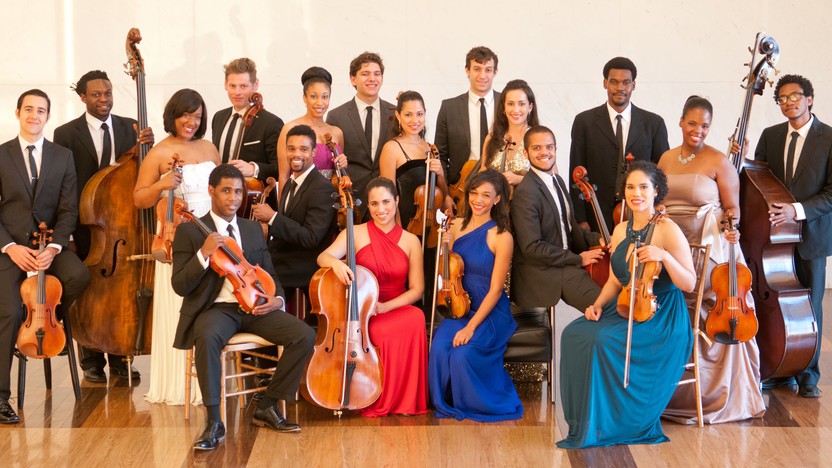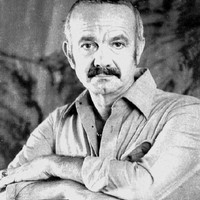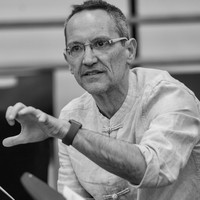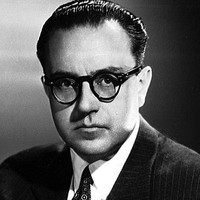Sphinx Virtuosi with Catalyst Quartet — Latin Voyages: Viajes Latinos






Astor Piazzolla, the last great Tango composer, was at the peak of his creativity when a stroke killed him in 1992. He left us, in the words of the old tango, "without saying goodbye," and that day the musical face of Buenos Aires was abruptly frozen. The creation of that face had started a hundred years earlier from the unlikely combination of African rhythms underlying gauchos' couplets, sung in the style of Sicilian canzonettas over an accompanying Andalucian guitar. As the years passed all converged towards the bandoneon: a small accordion-like instrument without keyboard that was invented in Germany in the 19th century to serve as a portable church organ and which, after finding its true home in the bordellos of Buenos Aires' slums in the 1920s, went back to Europe to conquer Paris' high society in the 1930s. Since then, it reigned as the essential instrument for any Tango ensemble.
Piazzolla's bandoneon was able to condense all the symbols of tango. The eroticism of legs and torsos in the dance was reduced to the intricate patterns of his virtuoso fingers (a simple C major scale in the bandoneon zigzags so much as to leave an inexperienced player's fingers tangled). The melancholy of the singer's voice was transposed to the breathing of the bandoneon's continuous opening and closing. The macho attitude of the tangueros was reflected in his pose on stage: standing upright, chest forward, right leg on a stool, the bandoneon on top of it, being by turns raised, battered, caressed.
I composed Last Round in 1996, prompted by Geoff Nuttall and Barry Shiffman. They heard a sketch of the second movement, which I had written in 1991 upon hearing the news of Piazzolla's stroke, and encouraged me to finish it and write another movement to complement it. The title is borrowed from a short story on boxing by Julio Cortázar, the metaphor for an imaginary chance for Piazzolla's spirit to fight one more time (he used to get into fistfights throughout his life). The piece is conceived as an idealized bandoneon. The first movement represents the act of a violent compression of the instrument and the second a final, seemingly endless opening sigh (it is actually a fantasy over the refrain of the song My Beloved Buenos Aires, composed by the legendary Carlos Gardel in the 1930s). But Last Round is also a sublimated tango dance. Two quartets confront each other, separated by the focal bass, with violins and violas standing up as in the traditional tango orchestras. The bows fly in the air as inverted legs in crisscrossed choreography, always attracting and repelling each other, always in danger of clashing, always avoiding it with the immutability that can only be acquired by transforming hot passion into pure pattern.
Osvaldo Golijov ©1996

Please note: The Saint Paul Chamber Orchestra does not perform on this program.
Copresented with the Ordway and The Schubert Club.
Get driving directions and find nearby parking.
Find dining options close to the venue.
View seating charts to find out where you'll be seating.
SPCO concerts are made possible by audience contributions.
For exclusive discounts, behind-the-scenes info, and more:
Sign up for our email club!
